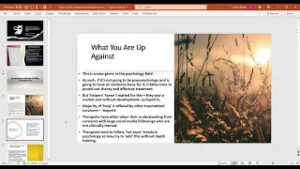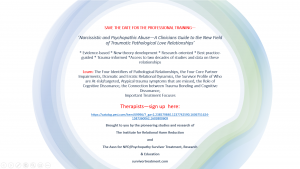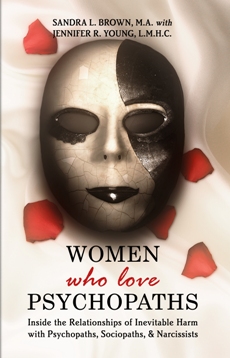Last week I wrote about this natural ability that pathologicals have when it comes to reading human behavior and about how the child’s emotional developmental deficits actually spur him toward compensation in these areas by trying to hide his lack of a full emotional spectrum, lack of insight, and lack of ability to sustain emotional and behavioral changes. He learns to compensate by studying human behavior and ‘mimicking and parroting’ when he wants to fit in. But what about when he DOESN’T want to fit in, or when he becomes an adult?
Erik Erikson studied human development and his theory is that there are ‘emotional tasks’ that must occur before the next leap of growth can occur. These are building blocks of the emotional structure of development.
The first task as a baby is to bond. After that come the tasks, in this order, that must occur to be a healthy and normal person:
- Trust builds on bonding
- Autonomy (or independence) builds on trust
- Initiative (or leadership) builds on autonomy
Industry (or pride in one’s accomplishments) builds on initiative - Identity builds on industry, etc.
There are more developmental aspects all the way through old age. But these give us something to look at—all the aspects of emotional development that must occur (and did not occur somewhere along the way) for the pathological—Bonding, Trust, Autonomy, Initiative, Industry, Identity. When these building blocks of character were being laid (and mislaid), holes in the soul developed around those building blocks that were not laid.
Instead of learning trust, they learn to con other people’s trust and yet mistrust everyone. Instead of learning independence they are either horribly dependent and parasitic, or aloof and not the least bit interdependent within relationships. Instead of initiative (or leadership), they feel either inadequate or superior and con others, and the only place they lead others is astray. Instead of industry and finding meaning and pride in their accomplishments, they see their accomplishments as being highly connected to the ability to superbly manipulate and con others. Their pride about their abilities is more related to the ability to manipulate than it is to any other abilities they may have.
Instead of a healthy self-identity, their identity is highly connected now to their choices. Since many of them are delinquent and deviant, their identity is not connected with something positive but, rather, with their darkest character flaws.
All of these developmental tasks that should be completed—bonding, trust, independence, initiative, industry, and identity—are the building blocks established by the teen years. We can easily see how and why their adult years are filled with problems and anguishing relationships. If you don’t bond, trust, have interdependent relationships, your idea of accomplishment is conning, and your identity is linked to your bad character—THERE ISN’T MUCH TO WORK WITH!
Pathologicals have difficult adulthoods AND they make everyone else’s adulthoods difficult too. The child prodigy studying what works with humans is largely squeezed down to ‘WIIFM’ (What’s In It For Me). Studying others to fit in gets replaced by the adult skills of conning, manipulation, lying, embezzlement, and other ‘honed arts’. By the time the emotional development of the teen years have hit, the bonding, trust, interdependence, accomplishments and identity are long tweaked into pathological dynamics. Oddly, the personality ‘age’ stops growing. Rarely do pathologicals emotionally grow to be older than 14 but the behaviors get tweaked up a notch to adult skills of adept conning.
What was once a science project of “Why am I different” as a child becomes “Cool, I’ll use it against them” as an adult. The child prodigy who studied human behavior so well is the relationship idiot-savant. It just takes women a while to figure out that what he espouses in the beginning isn’t really what he’s all about. What didn’t happen in his emotional development will ruin their relationship and her, personally.
(**If we can support you in your recovery process, please let us know. The Institute is the largest provider of recovery-based services for survivors of pathological love relationships. Information about pathological love relationships is in our award-winning book, Women Who Love Psychopaths, and is also available in our retreats, 1:1s, or phone sessions. See the website for more information).






